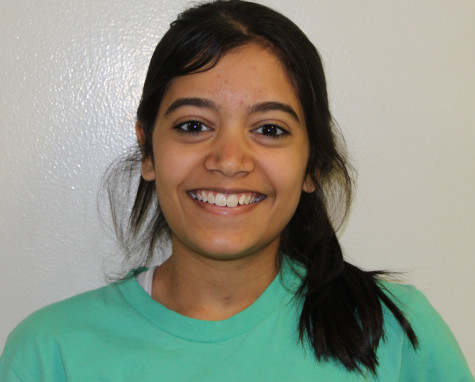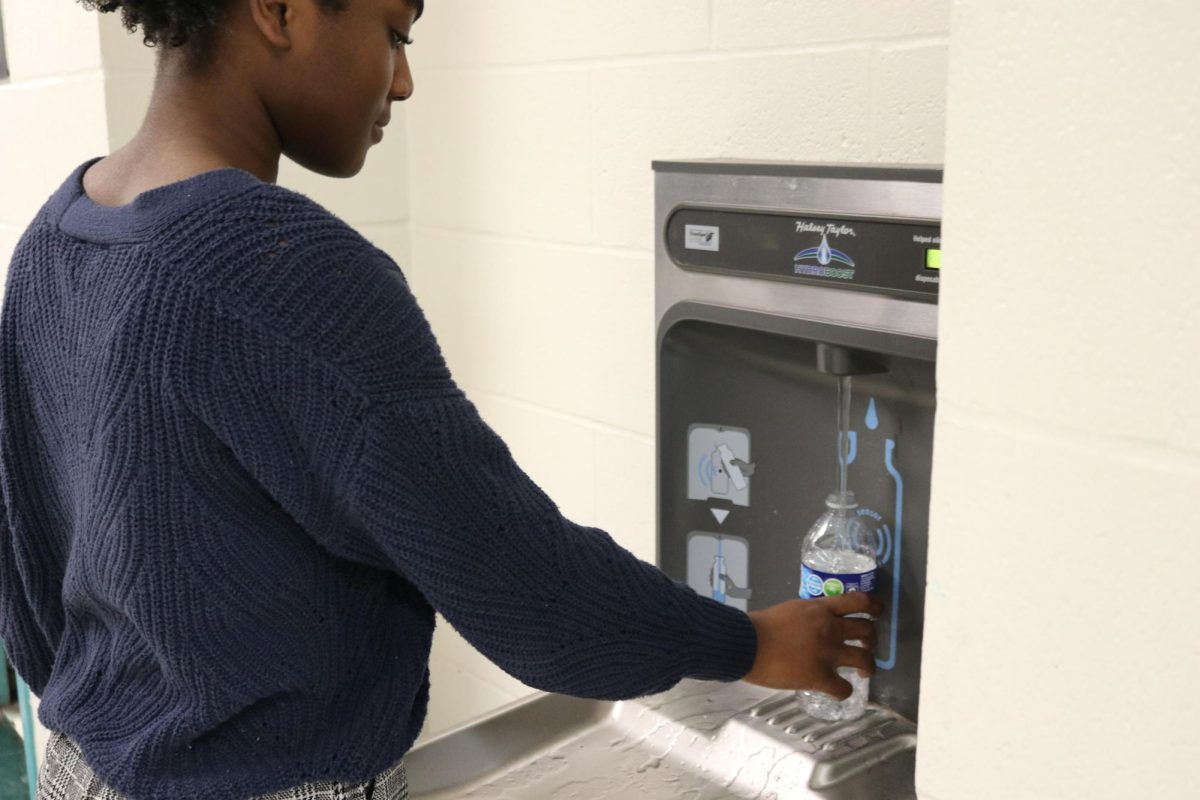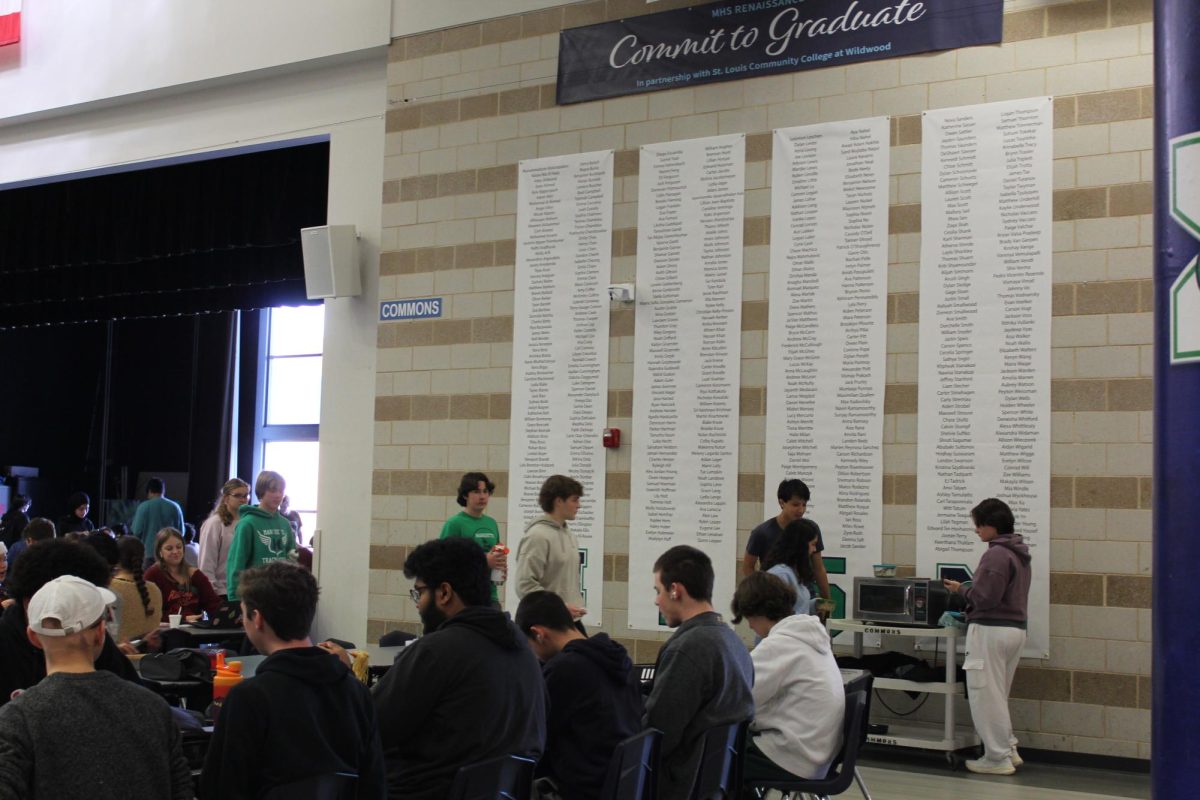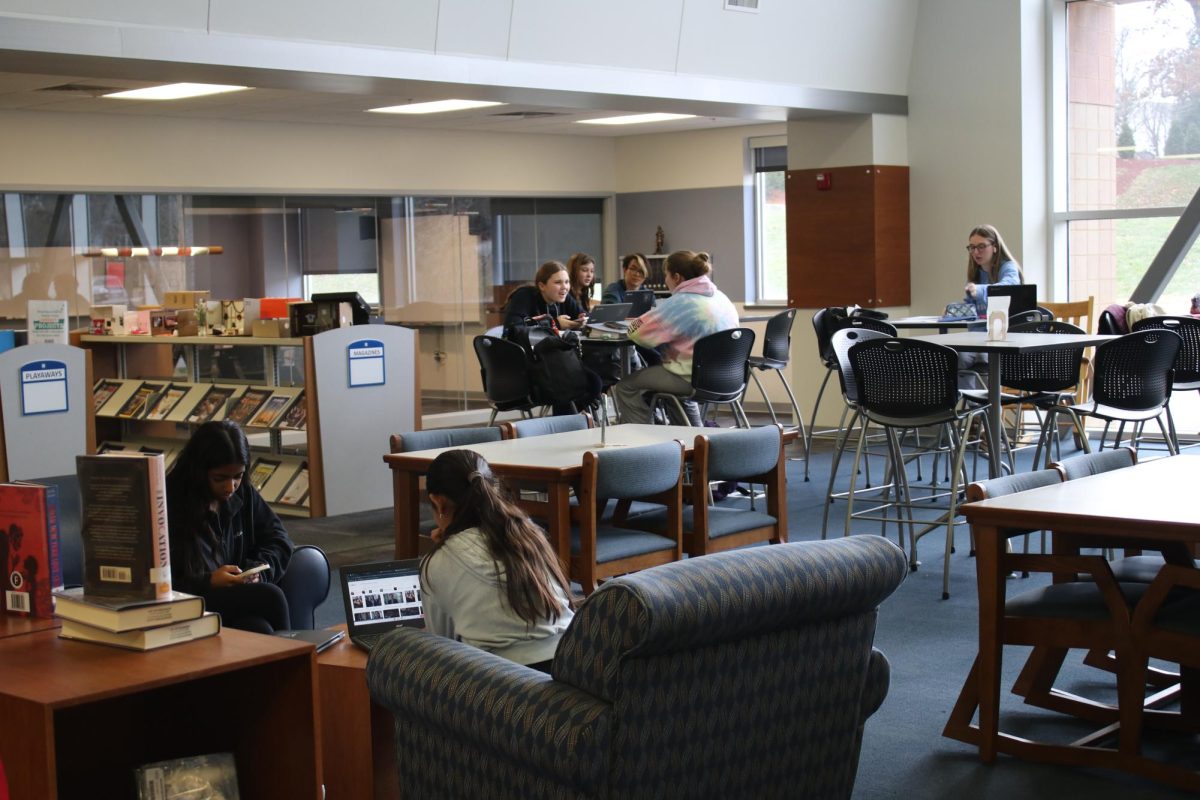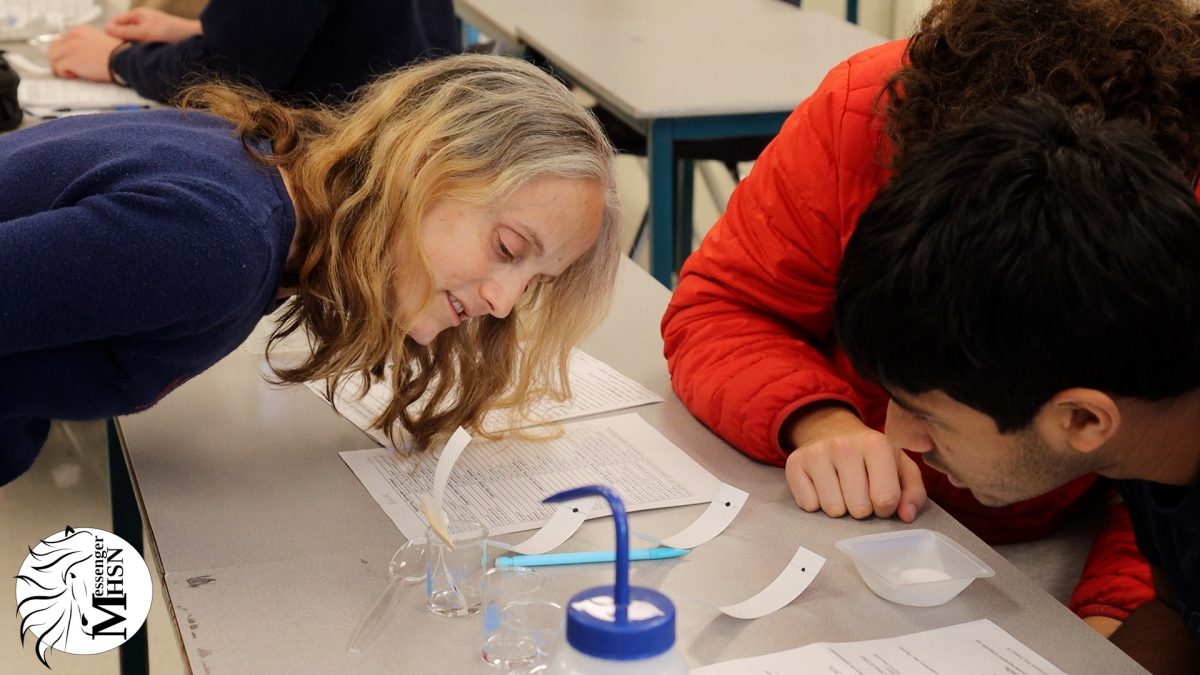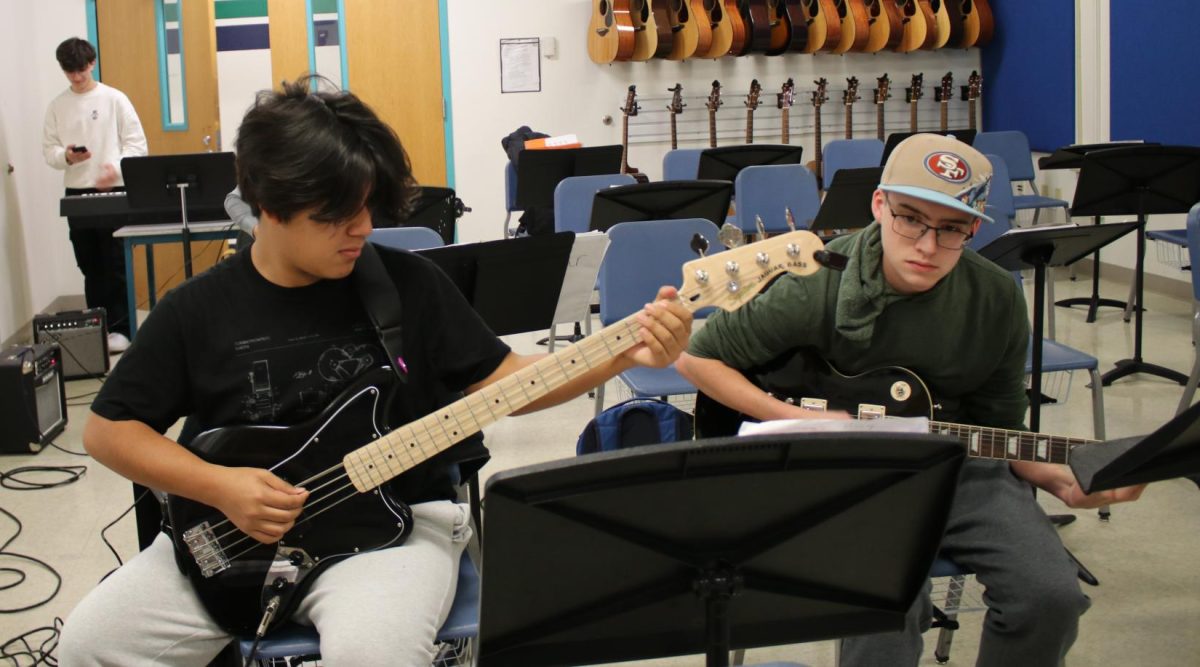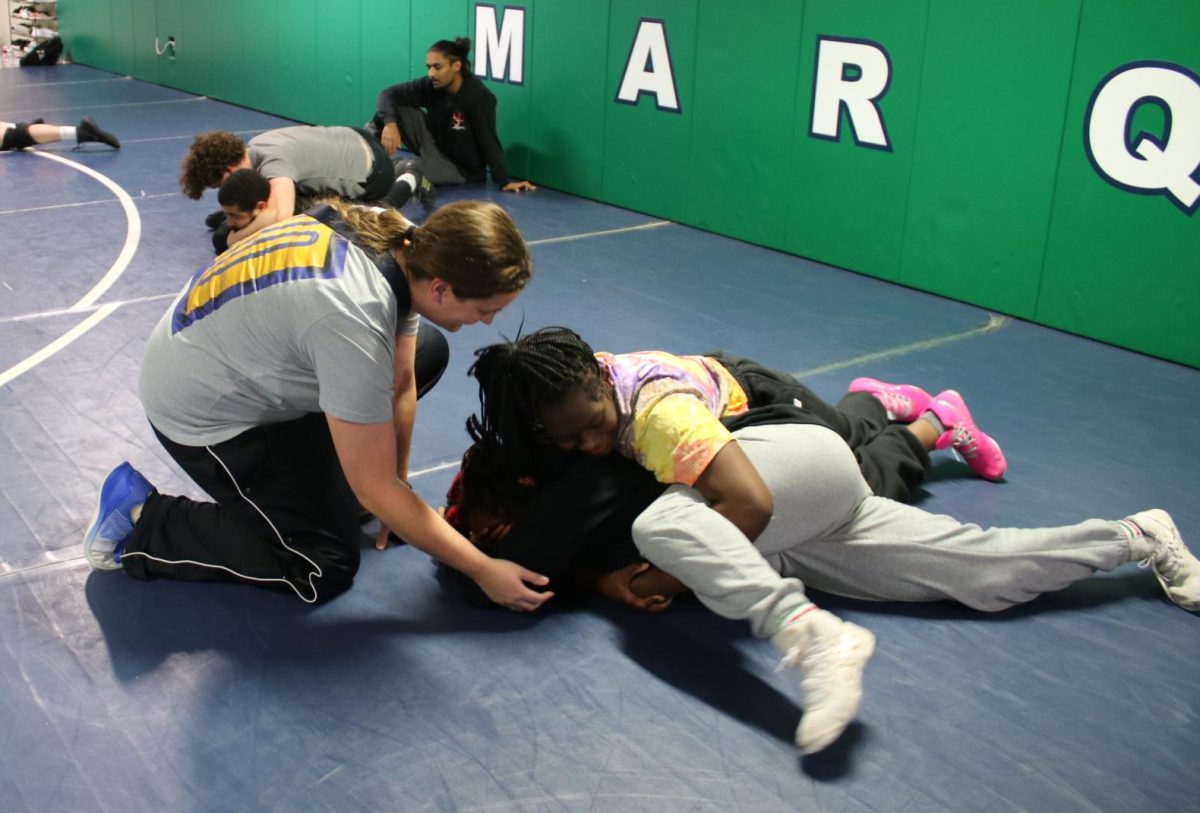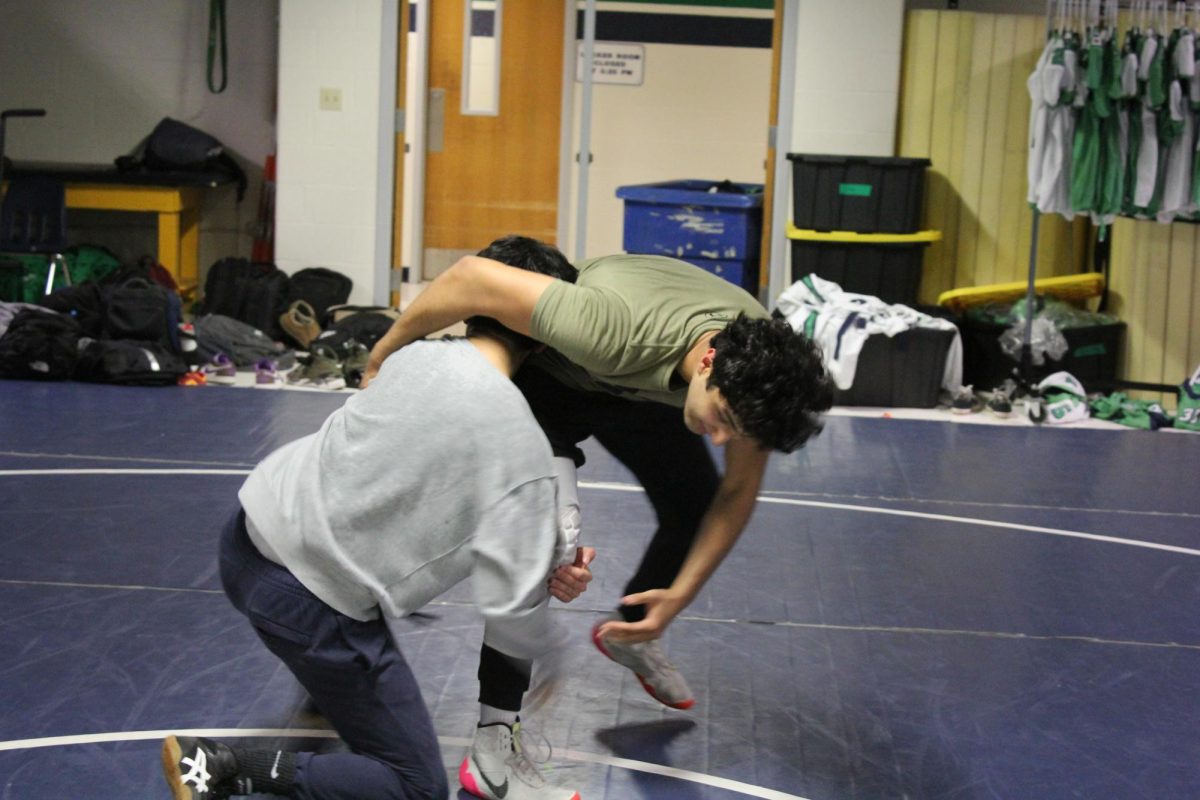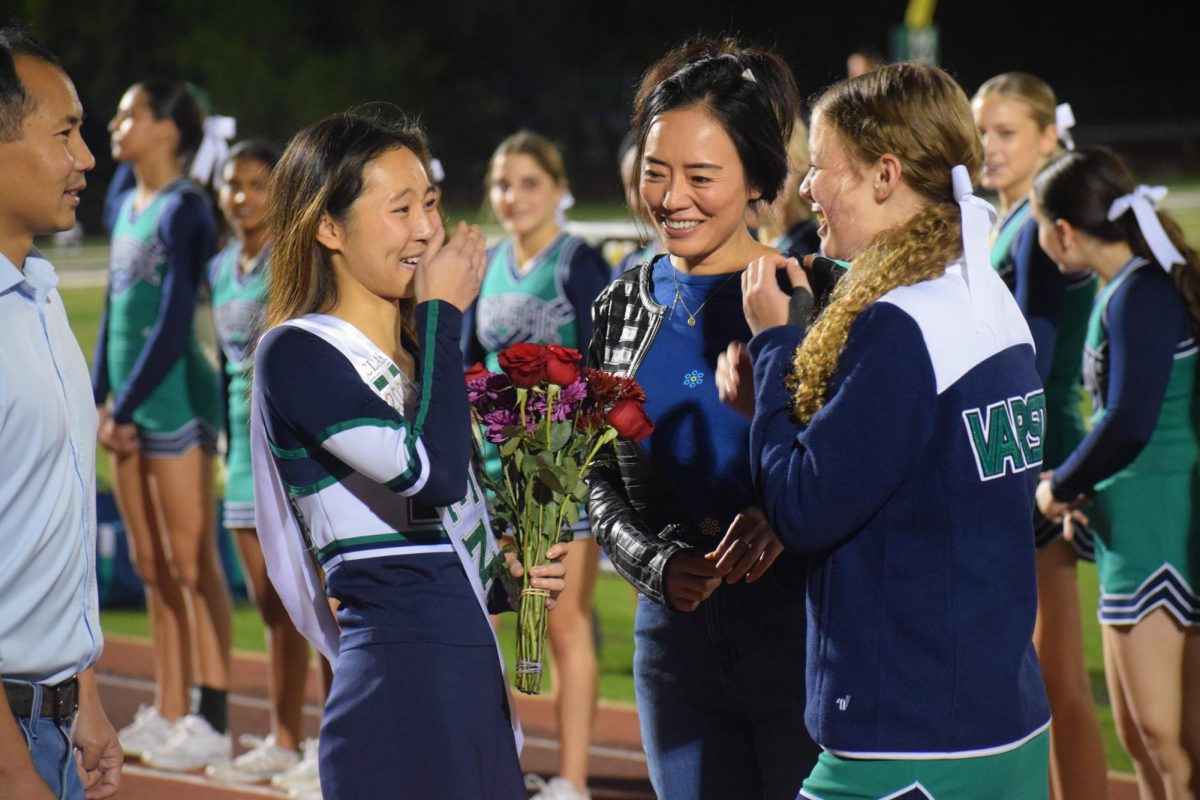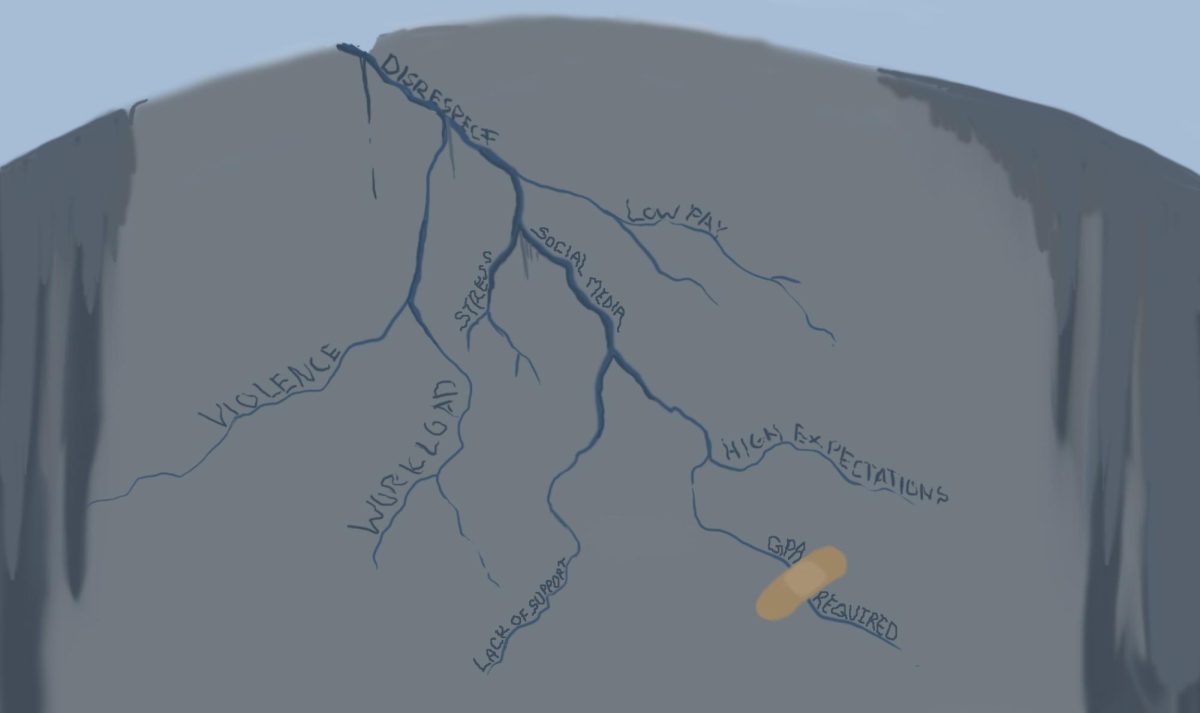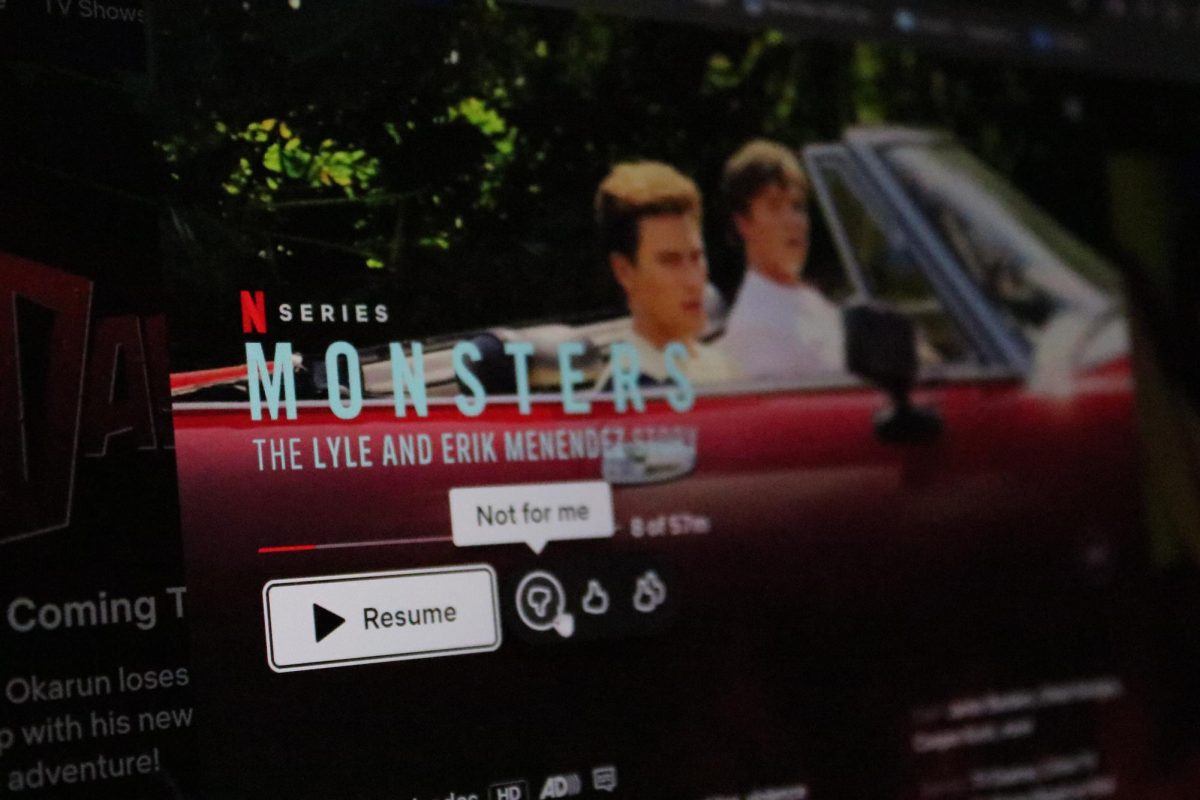The Meaning of Popularity
October 13, 2014
It’s what everyone knows and what everyone wants. It’s Regina George and Troy Bolton. It’s the blonde cheerleading captain and the golden boy quarterback. It’s admiration and envy. It’s in and you’re out. It’s popularity.
“It’s an innate drive for us to want to form relationships because throughout our history, building social relationships has allowed us to survive,” Ashley Hobbs, sociology teacher said.
Hobbs said humans feel a need to belong and relate to their peers. Somewhere along the way, these instincts formed the basis for popularity, with some people more well-liked and more on top.
Meaning of Popularity
“[Popularity] is when a lot people like you and a small amount of people hate you,” Will Camden, senior, said.
“It means you’re well-known. It’s how you act and what parties you go to,” Christine Miller, sophomore, said.
Dr. Toon Cillessen,an expert on popularity and the chairman of developmental psychology at Radbound University, said popularity is defined by status and prestige in a peer group.
“Popular people are highly visible, and they have power and influence over others,” Dr. Cillessen said.
There are two types of popularity, Dr. Cillessen said, with two different meanings. Sociometric popularity means a person is well-liked by everyone while perceived popularity means they are seen as popular but not necessarily well-liked, Dr. Cillessen said.
So, the perception of who is “popular” is different from who is actually well-liked. People see the regular populars and the nice populars, as well as all the other cliques of a typical high school: the drama kids, the band kids, the geeks and the goths. As these cliques form, so does a social hierarchy and somehow certain kids reach the top.
Cycle of Popularity
Along with the different forms, Dr. Cillessen said there are two ways students come to be known as popular. A student can become popular at first based on factors like money, attractiveness and abilities, but other traits are needed to maintain popularity.
“The second main reason is the behaviors,” Dr. Cillessen said. “Being able to form a group of students around you, being able to become the center of attention. This involves both “nice” behaviors, but it may also involve not so nice and mean and/or manipulative behaviors.”
B. Bradford Brown, a professor of educational psychology at the University of Wisconsin-Madison, said there is a tendency for popular students to begin to show aggression in middle school because of changing social dynamics.
“As students progress into middle school, they typically find themselves in a much larger school, with too many classmates to know personally–especially if they start switching classrooms (and sets of peers) every class period,” Brown said.
Brown said the middle school environment also emphasizes cross-sex relationships and peer relationships over those with adults. Students form a new peer system to cope with this new environment, Brown said.
“It features friendship cliques and reputation based crowds that allow individuals to find a group to fit in with and an image to project to peers,” Brown said. “But somebody needs to be in charge. So, along with cliques and crowds, a status hierarchy tends to form.”
While popular students can show aggressive behavior, Brown said some of the “meanness” of popular students is perceived as they cannot be friends with all students that want to be popular.
But as time goes by, Brown said popularity tends to fade.
“By the middle of high school, this whole popularity-status system gets old,” Brown said. “And it also isn’t as necessary once individuals have a clearer sense of their own identity, confidence in relating to the other sex, and a consistent group of friends.”
A Cultural Phenomenon
Popularity doesn’t just exist in the US though, it’s everywhere. But it varies from country to country, Peter Marks, Assistant Professor of Psychology at Austin College, said.
“In Greece, Chile, and Ghana, for example, popularity is not based on power the way it is in the US,” Marks said. “In China, academic achievement predicts popularity much more consistently than it does in the US.”
And in India, being a good artist – painter, singer or cartoonist – determines popularity, Marks said.
On top of cultural differences, Hobbs said popularity also varies between guys and girls. Guys typically look for fewer, more lasting friendships, while girls are more interested in being well-like by all.
“I think it’s definitely more prevalent in females that it is males,” Hobbs said. “I think females feel like they have to change their behavior to be liked more so than males.”
Popularity is everywhere. And for some it’s even at MHS.
At MHS
Popularity is everywhere. And for some it’s even at MHS. Matt Wagoner, senior, agreed. He said popularity at MHS can have a negative impact for people who wish to be popular but aren’t.
Wagoner said athletics and attractiveness are two things that contributed to popularity in middle school and into high school.
“Athletics are such a big part of [high school] that, I mean, you have your whole school supporting you,” Wagoner said. “So therefore people know you a lot better.”
Wagoner said he and his friend group have probably been popular since around sixth grade. He said early popularity was mainly based on attractiveness but defined social groups began to form in high school.
In terms of meanness, Wagoner said he sometimes sees snobbiness factor into popularity too.
“I think what they show in the movies is about the same as the way it is in high school,” Wagoner said.
But Kate Mills, senior, doesn’t agree. She said true popularity is different from the high school popularity seen at MHS.
“To be popular in high school you don’t necessarily need to be liked by the majority,” Mills said. “You need to be liked by who is popular.”
Mills said the same group has been considered popular for a long time. As people reached high school, however, she said it lost a lot of its effect.
“People stop caring as much what everyone else thinks of them and have their own friend groups,” Mills said.
To gain an understanding of these friend groups and their status at MHS, Hobbs said she has her sociology classes list all the groups they feel exist in the school and then rank them based on status: how much the school as a whole likes, respects and idolizes them.
“You see sort of athletes towards the top, but you always have a group that every class labels the partiers and when I ask them what does that mean, they always say the kids that are out at parties drinking on the weekends,” Hobbs said.
Beyond High School
At MHS or not, the popular kids eventually graduate from high school.
Some do well after high school – they go to college and become leaders in college and later jobs, Dr. Cillessen said.
But this isn’t true for all popular students. Some suffer from depression, substance abuse issues, and relationship and work problems.
“They may “fall down” from the high status they had in school, where they were the center of attention, and discover that they are no longer the center of attention in the “real world” after high school,” Dr. Cillessen said.
Brown said there are several possible reasons popular students might become unsuccessful. One reason is they haven’t outgrown the popularity system – they’re still playing by middle school rules to maintain the high status they crave, he said.
“Back in middle school, popularity is associated with being more venturesome, acting in ways that are on the edge of adult approval,” Brown said. “In middle school, that might be cutting classes or pulling a prank on the playground, trying out cigarettes”
By the end of high school, this same riskiness associated with earlier popularity can progress to more serious problem behaviors like drug use and dangerous sexual activity,
Brown said.
“In the adult world it is encoded in a variety of ways (socioeconomic status, status of one’s career type or job title, and so on),” Brown said. “So, one might be able to build a compelling case that status/power/popularity are inherent features of the human condition.”
In fact, status can be seen in all age groups, in many cultures and nations and throughout history, Brown said.
But it has changed over the years, specifically through social media.
Social Media
“In the past, the majority of what happened in the peer group happened ‘live’ – in the classroom, during sports, on the school yard.” Cillessen said. “Now peer relationships are 24/7 because they are also online.”
Popularity gets a different meaning on the Internet.
Kristin Layous, a University of California – Riverside psychologist, said teens have a larger forum through which they can promote or hurt a relationship because of the Internet.
“I think the social landscape has definitely changed, but the types of behavior that either build or tear down relationships has not,” Layous said. “Being a good person will always improve relationships and being mean or hurtful to others will always do the opposite.”




